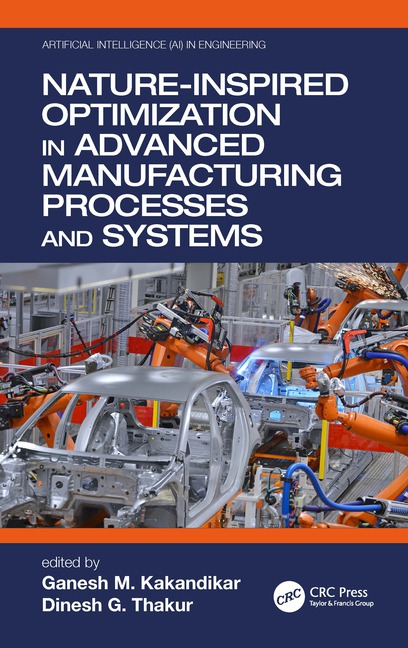It’s not unusual to find alternative lifestyle activities on or around college campuses. But, at Georgia’s Kennesaw State University, the word “alternative” refers to new types of energy systems.
The school is home to the Alternative Energy Innovation Center (AEIC). It focuses on renewable energy conversion, storage and delivery.
“The AEIC was established seven years ago to explore new ideas and techniques for generating and storing energy in a more sustainable way,” says Scott Tippens, a professor of renewable energy and digital system design at Kennesaw State who serves as AEIC director. “We have three major focus areas: research, student education and community outreach.”
The center is currently focusing on photovoltaic, solar thermal and energy storage systems. “We are not limited to these technologies, however, and encourage any interested faculty member to pursue other energy-related projects,” Tippens points out.
“Our whole mission revolves around innovation and we seek out projects that we believe have not been widely pursued,” explains Tippens. “One example is our cell-tracking solar panel system.
“Solar panels generate significantly more energy when the sun is perpendicular to the surface of the cells,” says Tippens. “In a fixed-mounted panel, this only happens once during the day. If the panel follows the sun like a sunflower, however, it can collect as much as 30 percent more energy during the day, depending on the region of the United States.
“Unfortunately, these tracking panels are more expensive, require special mounting, and wear out much quicker than fixed-mounted systems,” adds Tippens. “Our design seeks to build a panel where the individual cells track the sun while the panel remains stationary.”
The AEIC is also actively engaged in thin-film research.
“One of our past researchers developed [new types of] thin-film solar cells in our cell fabrication lab,” says Tippens. “Her focus was on developing inexpensive cells that utilize earth-abundant and nontoxic materials. Another engineer is currently working on fabricating low-cost thin-film cells.
“We have also been working for a number of years on creating a solar oven,” says Tippens. “The idea is to create an oven that can be installed in any kitchen, but have it completely powered by the sun. We are currently exploring ways to capture and transfer the thermal energy.”
Tippens and his colleagues have not cooked a pizza, or any other type of food, in the oven yet. So far, they’ve developed components, such as the oven unit itself, a solar tracker and collector, and a heat exchanger.
“Our [goal is to create a device] that will reach and maintain a constant 350 F temperature throughout the cooking cycle,” notes Tippens. “Once we’ve created a heat exchange system that meets our needs, we’ll work on integrating the components into a single system. We hope to have something ready next year.”
In addition to R&D efforts, community outreach is an important mission of the AEIC. That’s why it produces an educational video series called “The Energy Hunter.”
“The show demonstrates the research projects worked on in the center and talks about energy in general,” says Tippens. “We want to shine a light on energy issues by helping the general public understand energy fundamentals while exploring new and sustainable methods for generating, storing, and using energy.”
Each video ranges in length from 10 to 20 minutes. Topics have included electric vehicles, solar-tracking panels and thin-film solar cells.
Kennesaw State has also participated in the U.S. Environmental Protection Agency’s P3 (People, Prosperity and the Planet) competition for two consecutive years. The annual event in Washington, DC, attracts teams of college students from throughout the United States who design innovative solutions for environmental and sustainability challenges.





